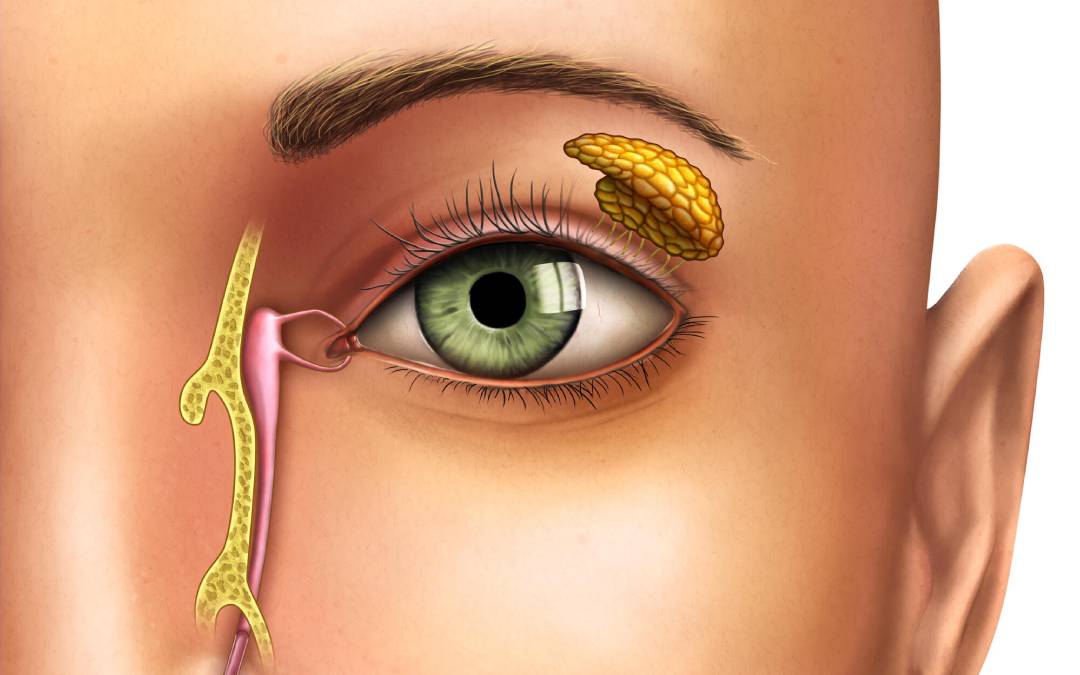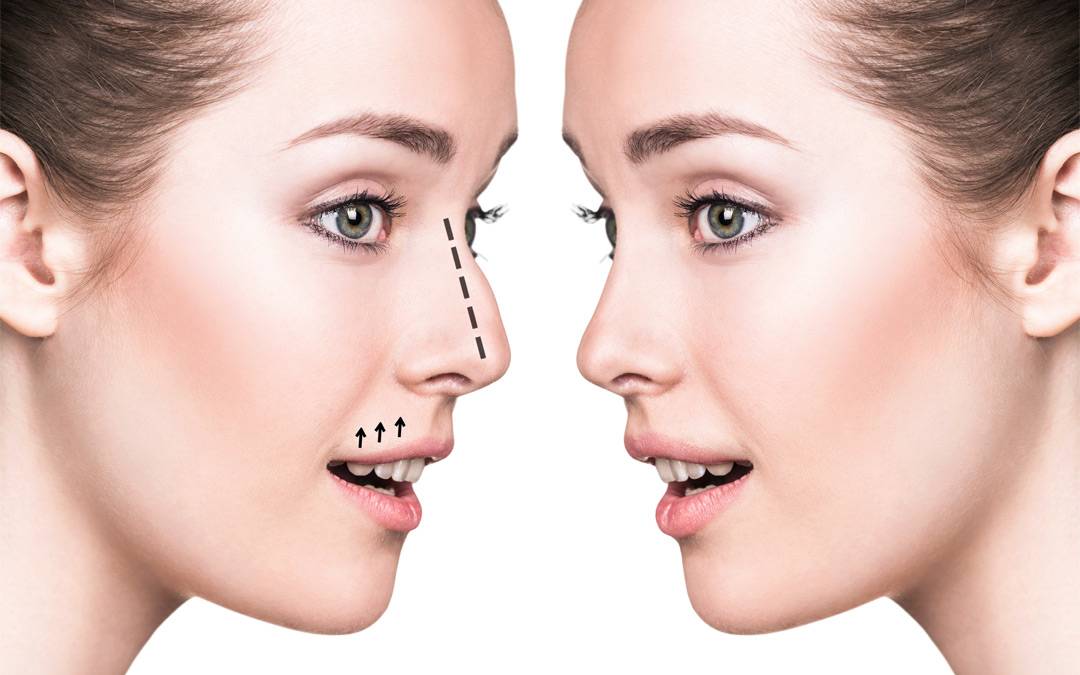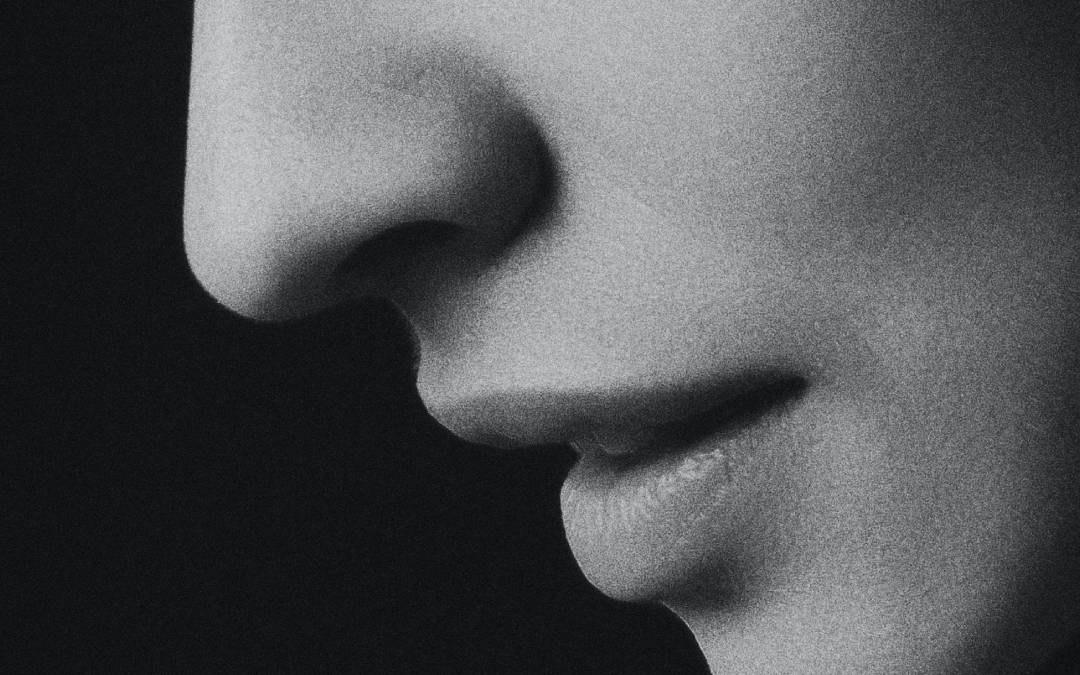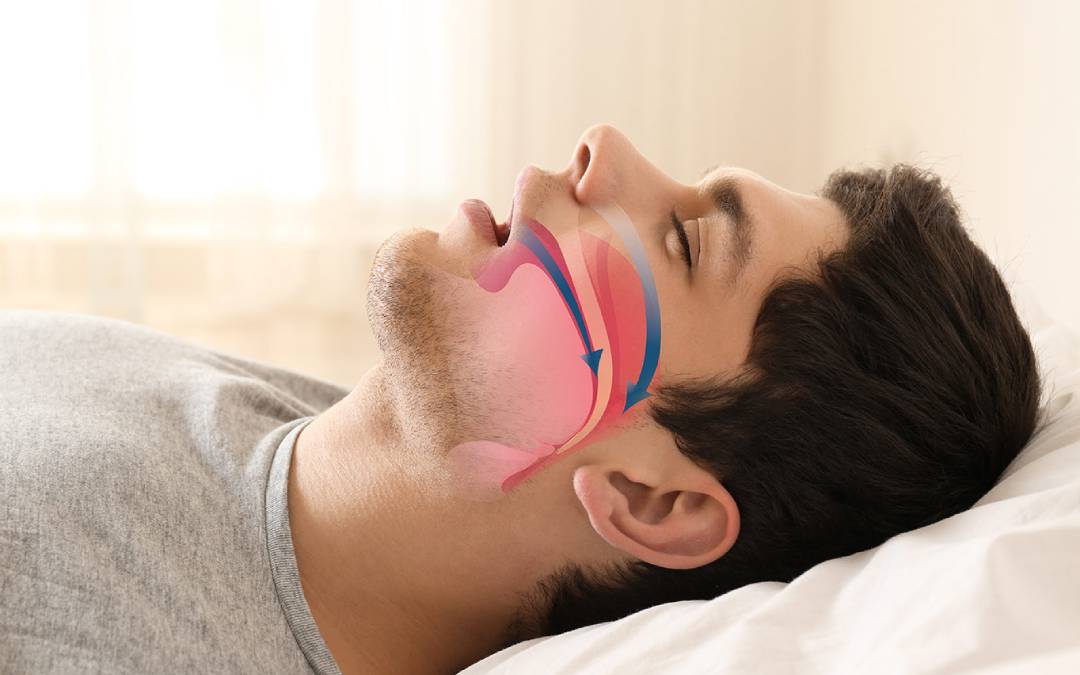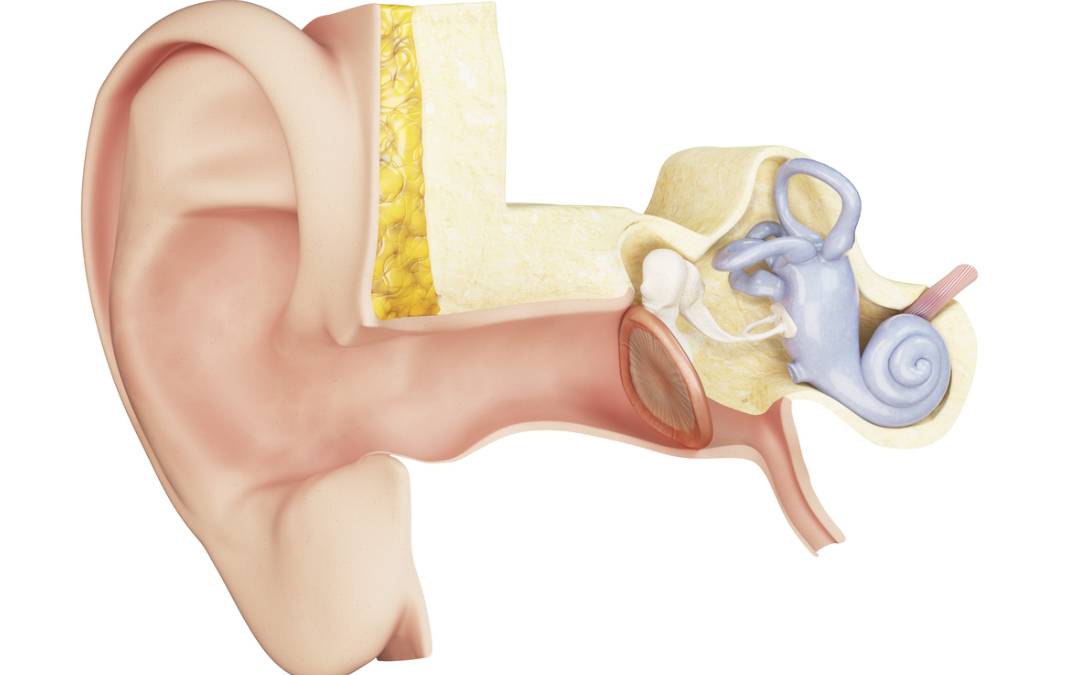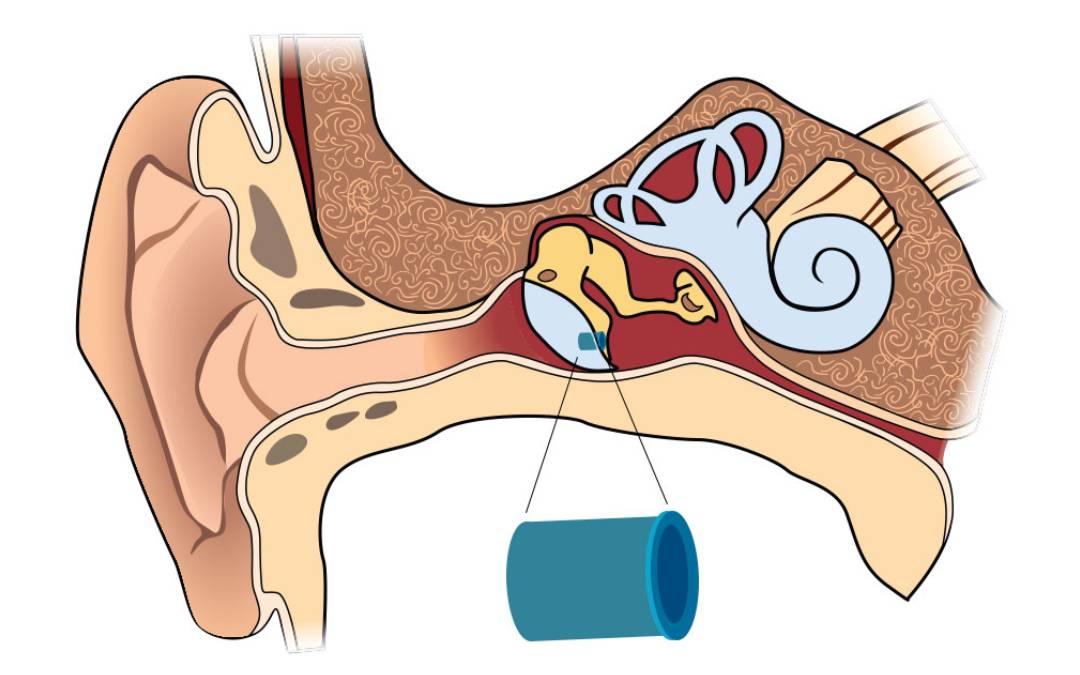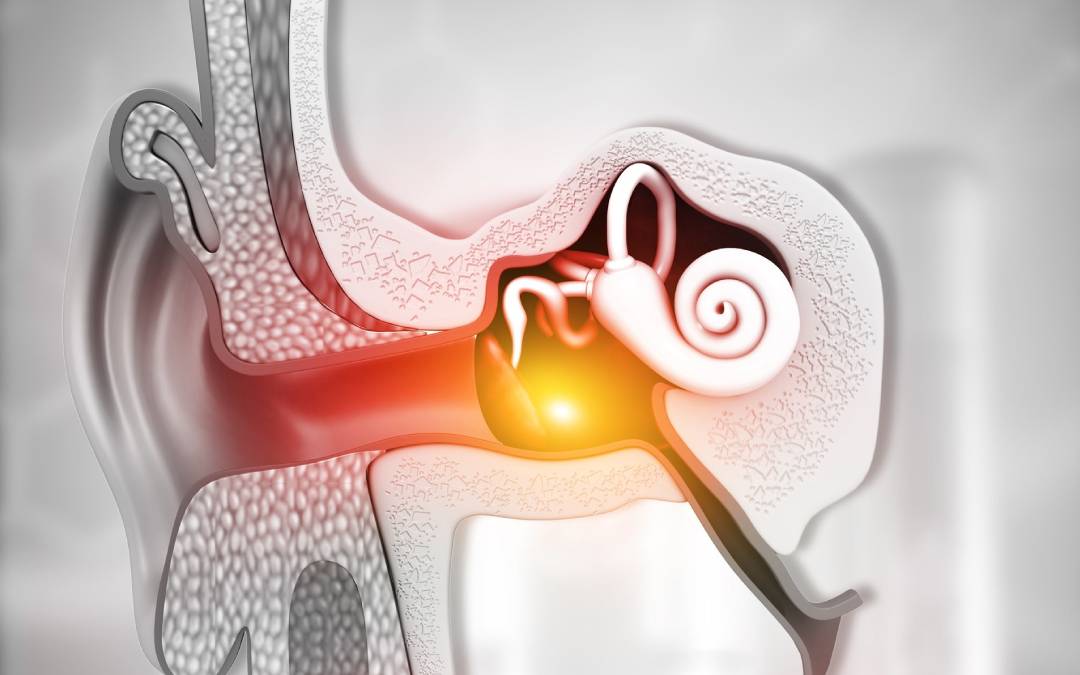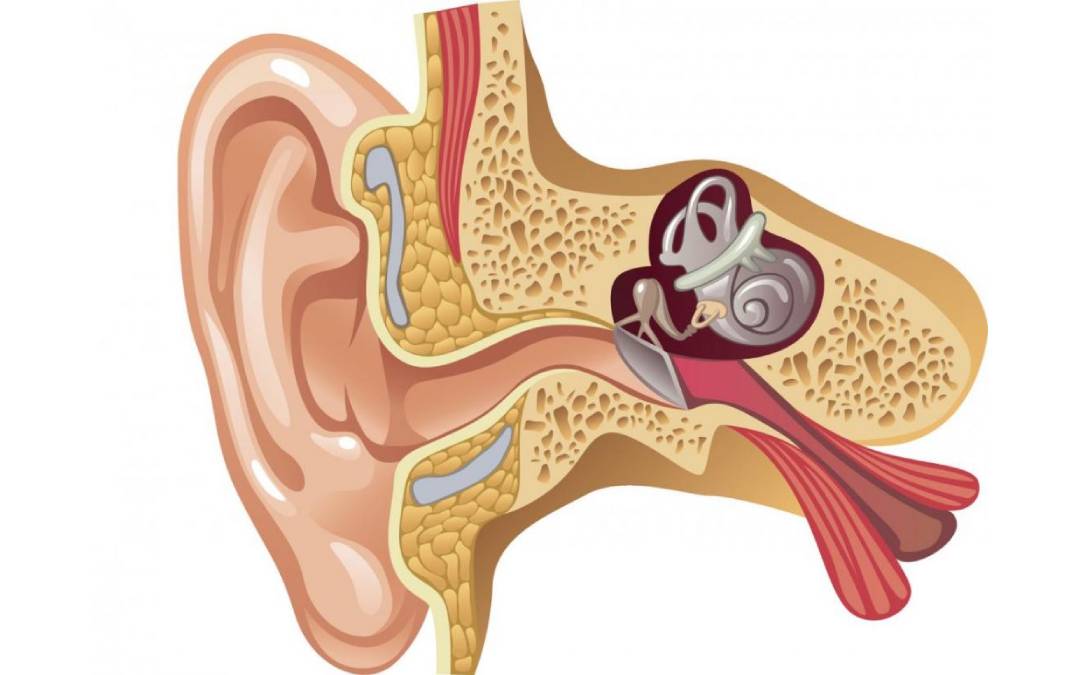Tıkalı bir gözyaşı kanalınız olduğunda, gözyaşlarınız normal olarak tahliye edilemez ve sizi sulu, tahriş olmuş bir gözle bırakır. Durum, gözyaşı drenaj sisteminde kısmi veya tam bir tıkanıklıktan kaynaklanır.
Bloke gözyaşı kanalı yenidoğanlarda yaygındır. Durum genellikle yaşamın ilk yılında herhangi bir tedavi olmaksızın iyileşir. Yetişkinlerde tıkanmış bir gözyaşı kanalı yaralanma, enfeksiyon veya tümörden kaynaklanabilir.
Tıkanmış bir gözyaşı kanalı neredeyse her zaman düzeltilebilir. Tedavi, tıkanmanın nedenine ve etkilenen kişinin yaşına bağlıdır.
Tedavisi Nedir ?
Tedaviniz, tıkanmış gözyaşı kanalına neyin neden olduğuna bağlıdır. Sorunu gidermek için birden fazla yaklaşıma ihtiyacınız olabilir. Bir tümör tıkalı gözyaşı kanalınıza neden oluyorsa, tedavi tümörün nedenine odaklanacaktır. Tümörü çıkarmak için ameliyat yapılabilir veya doktorunuz onu küçültmek için başka tedaviler kullanmanızı önerebilir.
Enfeksiyonla savaşmak için ilaçlar. Doktorunuz bir enfeksiyon olduğundan şüphelenirse, antibiyotik göz damlaları veya hapları reçete edebilir.
Tıkanmış gözyaşı kanalı ile doğan bebekler genellikle herhangi bir tedavi olmaksızın iyileşir. Bu, drenaj sistemi yaşamın ilk birkaç ayında olgunlaştığında olabilir. Genellikle burun içine (nazolakrimal kanal) boşaltılan ince bir doku zarı kalır. Bebeğinizin tıkanmış gözyaşı kanalı düzelmiyorsa, doktoru size zarı açmanıza yardımcı olacak özel bir masaj tekniği öğretebilir.
Tıkanmış gözyaşı kanallarına neden olan bir yüz yaralanmanız varsa, doktorunuz yaralanmanız iyileştikçe durumun iyileşip iyileşmediğini görmek için birkaç ay beklemenizi önerebilir. Şişme azaldıkça, gözyaşı kanallarınız kendi başlarına tıkanabilir.
Dilatasyon, problama ve yıkama. Bebekler için bu teknik genel anestezi altında yapılır. Doktor, punktal açıklıkları özel bir dilatasyon aleti ile genişletir ve punkta ve gözyaşı drenaj sistemine ince bir prob yerleştirir.
Kısmen daralmış punctaları olan yetişkinler için, doktorunuz punktayı küçük bir probla genişletebilir ve daha sonra gözyaşı kanalını yıkayabilir (sulayabilir). Bu, genellikle en azından geçici bir rahatlama sağlayan basit bir ayakta tedavi prosedürüdür.
Balon kateter genişlemesi. Diğer tedaviler işe yaramadıysa veya tıkanıklık geri döndüğünde, bu prosedür kullanılabilir. Genellikle bebekler ve küçük çocuklar için etkilidir ve kısmi tıkanıklığı olan yetişkinlerde de kullanılabilir. İlk önce hastaya genel anestezi verilir. Daha sonra doktor burundaki gözyaşı kanalı tıkanıklığından ucunda sönük bir balon bulunan bir tüp (kateter) geçirir. Tıkanıklığı açmak için balonu birkaç kez şişirir ve söndürür.
Stent veya entübasyon. Bu prosedür genellikle genel anestezi kullanılarak yapılır. Silikon veya poliüretandan yapılmış ince bir tüp, göz kapağınızın köşesindeki bir veya her iki noktadan geçirilir. Bu tüpler daha sonra gözyaşı drenaj sisteminden burnunuza geçer. Küçük bir tüp halkası gözünüzün köşesinde görünür kalır ve tüpler genellikle çıkarılmadan önce yaklaşık üç ay bekletilir. Olası komplikasyonlar arasında tüpün varlığından iltihaplanma bulunur.
